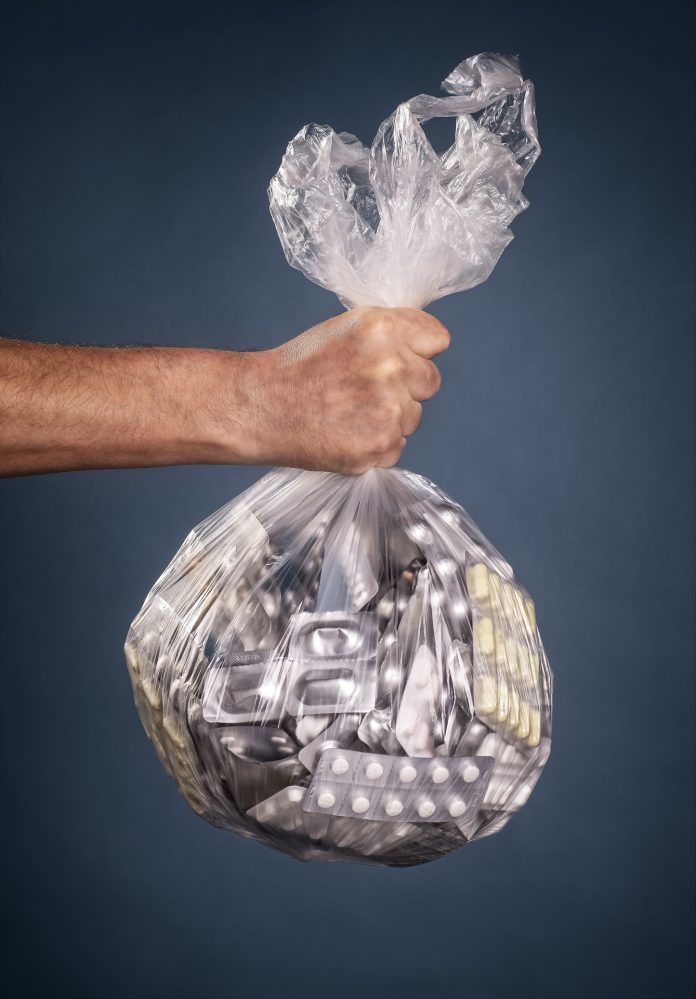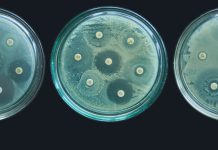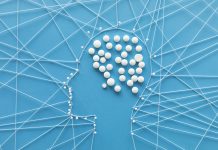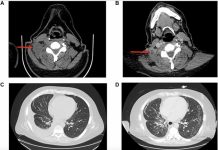Lorna Rothery spoke to Health Care Without Harm (HCWH) Europe about the impact of pharmaceutical pollution and the barriers that need to be overcome to achieve a greener, more sustainable industry
Why is it so essential that the pharmaceutical sector becomes greener?
The pharmaceutical sector is a huge contributor to the triple planetary crisis (climate change, pollution and biodiversity loss). While medicines are essential to save lives, their process of manufacturing, use and disposal can have a negative impact on the environment. For example, the pharmaceutical industry produces a large proportion of health system greenhouse gas (GHG) emissions, estimated at 20%. The release into the environment of antimicrobial compounds can also affect natural microbial communities, which can affect soil fertility and water quality and, therefore, help accelerate biodiversity loss.
Pharmaceutical compounds can reach the environment through various pathways, such as pharmaceutical production, patient use, and improper disposal practices. For example, improper disposal of unused medications, such as flushing them down toilets or through sinks, results in pharmaceutical residues entering wastewater systems. Interestingly, research shows that only about 20% of APIs in municipal wastewater originate from healthcare facilities, with the majority originating from household consumption. Consequently, pharmaceutical residues found in European sewage primarily originate from private households.
Numerous studies have documented that environmental exposure to active pharmaceutical ingredients (APIs) harms the health of ecosystems and humans, including the spread of antibiotic-resistant bacteria, feminising fish, and more. In particular, antibiotic resistance is a serious threat to human health globally, with an estimation that it could lead to the deaths of ten million people annually by 2050.
The impact that pharmaceuticals have on aquatic and terrestrial ecosystems makes it essential for the sector to start driving action and leading on a more sustainable way of producing pharmaceuticals and educating the general public on the reduction of unnecessary use.
Why do pharmaceutical companies need to target the entire value chain when introducing more sustainable practices?
Pharmaceutical companies must target the entire value chain when introducing more sustainable practices due to the pressing challenge of pharmaceutical pollution. This pollution, which can occur at various stages of the supply chain, poses significant environmental and public health risks. With supply chains accounting for more than half of the healthcare sector’s emissions, the urgent need for sustainable practices is gaining more attention.
Of particular concern is the discharge of pharmaceutical waste into water bodies near manufacturing sites, a trend more apparent in low-to-middle-income producing countries with more relaxed environmental standards. Several studies show that manufacturing activities contribute the most to the release of high concentrations of APIs into the environment, negatively impacting ecosystems and posing threats to human health, including the spread of multi-drug-resistant pathogens.
Based on this assessment by the European Commission, a large quantity of APIs purchased in Europe come from producing countries located in Asia. So, European purchasers can apply pressure, through private and public governance tools, to address sustainability in the upstream segments of the chain, which is essential to mitigate risks and ensure the industry’s long-term environmental and social responsibility.
On this matter, the Pharmaceutical Supply Chain Initiative has issued voluntary principles to set the standard for human rights, ethics, labour, health, safety, and the environment.
What are some barriers to green pharmaceuticals, and how can they be addressed?What are some barriers to green pharmaceuticals, and how can they be addressed?
There are several barriers to achieving greener pharmaceuticals. One worth mentioning here is the complexity and fragmentation of pharmaceutical supply chains. This complexity often results in reduced visibility on certain activities, especially in the downstream segments of the chain where production takes place. Transparency is a fundamental requirement for sustainable procurement, as it enables the assessment of risks and the development of relevant requirements. Unfortunately, the current lack of transparency in the pharmaceutical industry, coupled with the complex nature of the chain, makes it more difficult to conduct effective risk assessments. A more transparent supply chain is crucial not only for assessing risks but also for holding polluters accountable and promoting greater environmental responsibility.
Also, although existing private governance tools, such as environmental due diligence and audits, are essential to the transition towards greener pharmaceuticals, they are not enough on their own. These tools should be accompanied by national legislation and sustainable procurement practices to ensure targets are achieved.
Finally, a collaborative effort is needed between different stakeholders involved in various parts of the chain. Our role at HCWH is to bring together actors and issue recommendations that support the transition towards greening the pharmaceutical supply chain.
Can you tell us about the AMR-EDUCare project and its aims with regard to reducing antimicrobial waste?
The AMR-EDUCare project targets the prevention and reduction of antibiotic resistance (AMR)’s health burden by filling educational gaps on AMR for both clinical and non-clinical health workforce.
With this project, we aim to equip the health workforce with the necessary knowledge and skills to address AMR, with a strong focus on behavioural change techniques and improving their digital skills to improve health outcomes that have a lesser impact on the environment. We work with the conviction that before knowing how to address antibiotic waste, we need to reduce the amount of antibiotics prescribed; that’s why in the first module of the project (optimising antimicrobial prescribing), we are focusing on giving health professionals guidance to assess whether the use of antibiotics is essential or not. After that, we also designed a module to help healthcare professionals understand the impact of antibiotic waste on the environment and equip them with tools to handle it in the best possible way.
Together with our technological partner, Lecturio, we will host our courses on a digital platform. We plan to reach 4,000 healthcare professionals, with a clear focus on six EU countries: Spain, Portugal, Lithuania, Greece, Hungary, and Italy. The courses will be available in October, and the professionals registered on the AMR- EDUCare website will have preferential access to them.











